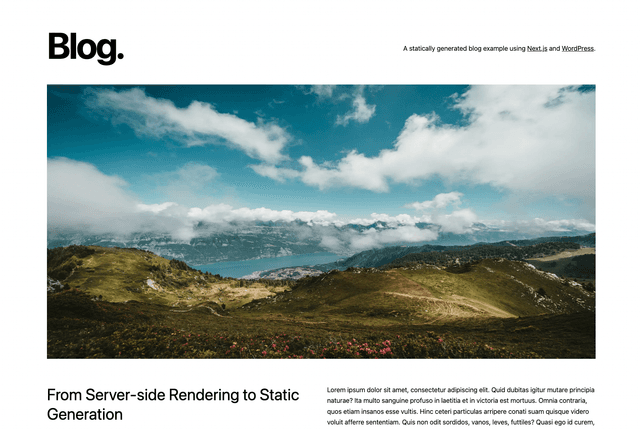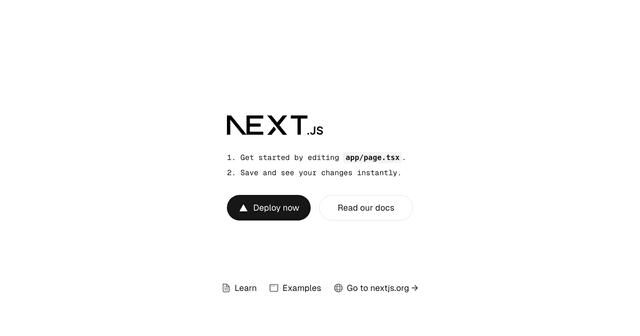
Next.js + AWS DynamoDB
This is an example of a Next.js application using DynamoDB for creating, updating, and deleting documents.
Demo
https://alt-text-generator.vercel.app/
How to Use
Option 1: Use an existing table.
Retrieve your existing access key, secret key, region and table name. Provide those values after clicking "Deploy" to automatically set the environment variables.
Option 2: Create a new table.
Execute create-next-app with pnpm to bootstrap the example:
- Create a new IAM role with permission for
AmazonDynamoDBFullAccess - Save the access key and secret key.
- Create a new DynamoDB table with a primary key of
idand typeString(the sort key is optional). - Save the region and table name.
- Create an
.env.localfile similar to.env.local.example. - Add the access key, secret key, region, and table name to
.env.local. - Run
pnpm devto start the Next app at http://localhost:3000.
Deploy it to the cloud with Vercel (Documentation).
Credentials and Environment Variables
AWS credentials (e.g. AWS_ACCESS_KEY_ID and AWS_SECRET_ACCESS_KEY) and region configuration (e.g. AWS_REGION) can now be used directly as environment variables for Vercel deployments.
These variables are the default names expected by the AWS SDK, which means the user no longer has to configure credentials when using it. For example, this code is no longer necessary:
Instead, it can be replaced with this:
The SDK will pick up the credentials from the environment automatically.
Testing
PUT
GET
POST
DELETE


